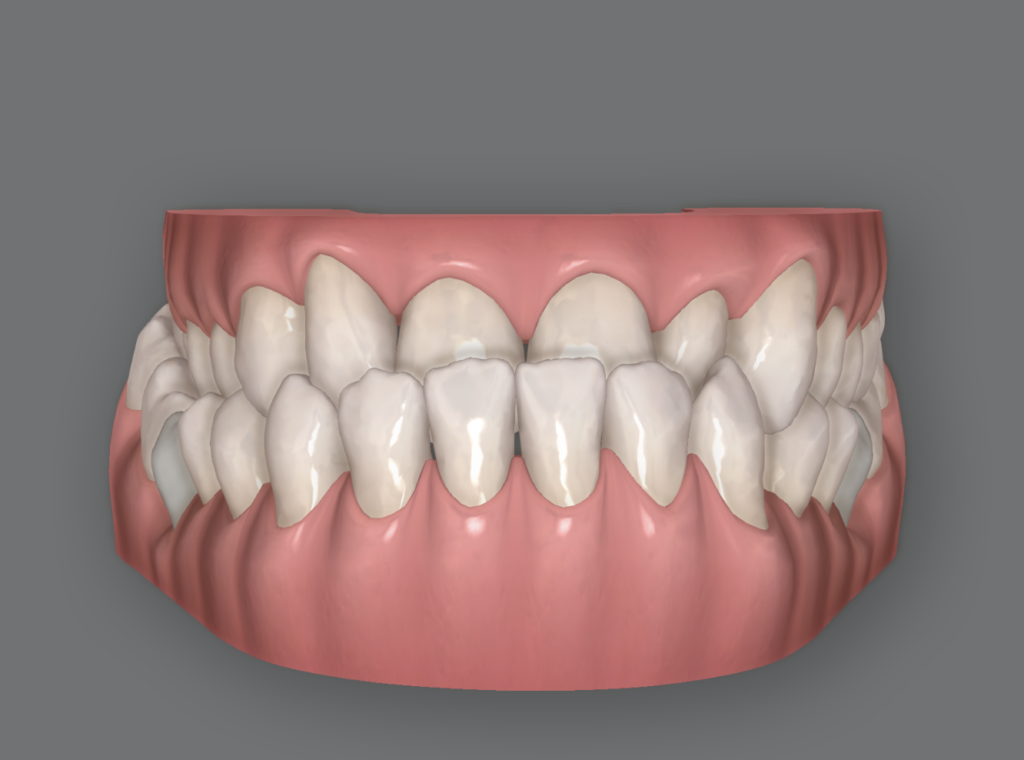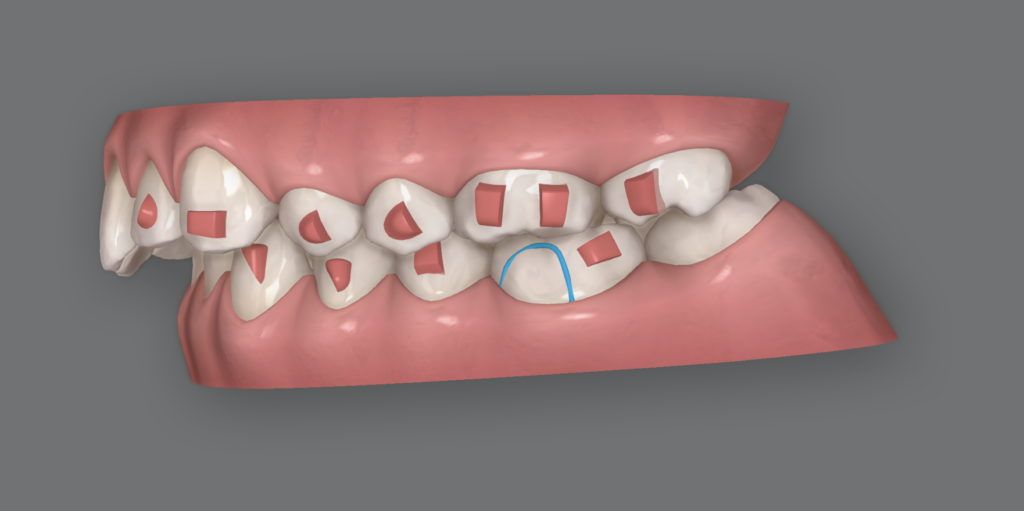Predictable treatment with clear aligners
- Home
- News
Transverse malocclusions: spacing and crowding
The most common situation in any of our patients is a dento-skeletal discrepancy, which creates a lack of space and crowding that needs to be addressed from a biological perspective.
In our Common Sense Aligners program we address this issue from the beginning, because we believe that the transversal dimension is essential to successfully solve posterior sagittal and vertical problems.
We know that a posterior crossbite affects sagittal correction through sequential distalization, as the interferences created by it hinder effective molar distalization. Therefore, it is crucial to control and manage them.

To solve it, we will face many factors and we will decide if they are dental or skeletal. For this second option, it is important to use a conventional maxillary expander or skeletal anchorage. This is what makes us different; we offer a clear vision of each approach to orthodontic biomechanics. In contrast, a starter or certification program will always focus on "compensating" skeletal problems with dental "camouflage".
In addition, to solve any transverse problems using clear aligners, we must first understand the effects they have on arch development in all three planes of space. For this reason, Dr. Lozano provides clear explanations of the reciprocal and antagonistic movement options in both the vertical and sagittal planes. This allows us to clearly show how, along with expansion, we can also effectively treat any vertical or sagittal component of the malocclusion, resulting in more effective treatment.
In addition, Class III patients will require a differential diagnosis, which in our program involves the use of extractions, the ideal time for DIP, and finally, a planned and individualized approach for each patient, depending on each doctor's strategic vision.
Sagittal malocclusions: classes II and III
The management of Class II with distalization is also fully covered in our learning pathway, taking into account the patient's age, previous diagnosis and biotype, which makes each case unique and requires delicate management in distalization, mesialization and virtual jumps.
Therefore, an orthodontic apprenticeship program requires a global view. For example, intermaxillary inter-arch elastics can help in many situations, but it is necessary to understand the different effects on torque and movement when used in bonded clasps or buttons.

With the use of ancillary techniques, doctors joining our programs are able to decide when to use specific resources for short and effective treatments, which will not end up creating a large occlusion. Arch compression in spacing cases requires a thorough understanding of attachment selection to ensure sufficient anchorage. This is critical in prosthodontic restorations where dental implants are used and must be carefully managed in interdisciplinary treatments.
Vertical malocclusions: deep bite and open bite
As with transversals and verticals, understanding the biomechanics of the aligner with a deep or open bite is crucial in aligner treatment.

The result on the screen in a ClinCheck, approver o iOrtho can be complicated, since if we limit ourselves to following preset values in intrusion or pure dental extrusion, as many courses on the technique suggest, we will end up with a bad result.
In addition, in our program we address the relationship between virtual dentistry and the clinic. It is important to understand that the result of digital planning depends on the management we do in each revision. This, together with the analysis of the situations in which it is important to use auxiliary tools, extract wisdom teeth or use them as intramaxillary anchorage, will help us to solve any case, even those of complex adult dentistry.
Advantages of the clear aligner
In our mentoring programs, we understand that practitioners are also faced with the need to include clear aligners in their practices in a simple and effective way. To achieve this, we also include a management vision based on key performance indicators on how to adapt our equipment to digital orthodontics by using intraoral scanners such as iTero or 3shape to allow the doctor to create an efficient workflow and focus on the needs of their patients.
With this approach, we present several ways to introduce technology into clear aligners with a 360-degree view, including payment options, patient communication and internal protocols. These are set as a gold standard that will lead your practice to both clinical and business success.
In short, this is everything we consider vital for a master in clear aligners:
- Advanced biomechanics to provide a solution to each case in a reasonable time.
- A global vision of the patient, treating malocclusions as a conjunction of three-dimensional needs and understanding the differences between each case.
- A 360-degree view of an aligner practice is necessary, both from a clinical and commercial point of view. Giving importance to commercial and logistical aspects to create an ideal workflow in your practice.
If this is what you are looking for, you are in the right place: Common Sense Aligners.
Want to know which course is right for you?
Call us and we will solve all your doubts.


